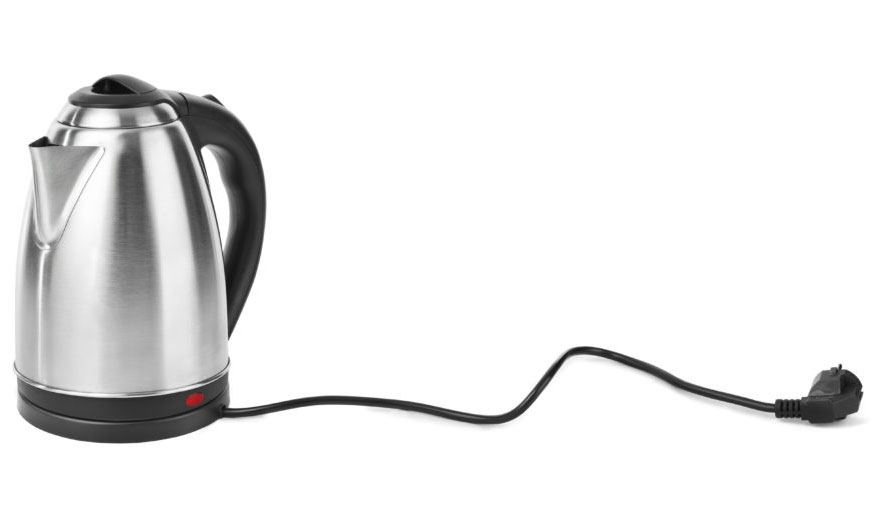Test and tag stands for the safety checking of electrical equipment in the workplace or at home. As the name suggests, it includes testing the equipment and then tagging it as either safe or dangerous to use. Regular testing and tagging is important to avoid the risks involved in using faulty electrical appliances, such as fires and electric shocks. For Queensland businesses, the testing and tagging requirements vary depending on the type of work the equipment is used for.
In this article, we’ll discuss the suggested intervals for testing and tagging, and answer some common questions about test and tag.
Why do I need to test and tag my equipment?
Ensuring your electrical equipment and appliances are safe can save your life. A faulty electrical appliance can cause electrocution, electrical shock or fires. Most house and office fires are caused by electrical faults. Aside from the safety aspect, it is a legislative requirement to have equipment tested in most workplaces.
The Queensland legislation is determined in the QLD Electrical Safety Regulations 2013 and the QLD Electrical Safety Act of 2002. The Queensland requirements do differ compared to other states.
How often should I test and tag my appliances?
Testing requirements vary depending on what type of work the electrical equipment in question is used for. Use the below table as a guide to how often to test specified electrical equipment. Find more detailed information here.
| Class of work | Interval to test portable electrical equipment |
| Construction work | At least every 3 months |
| Manufacturing work | If equipment is double insulated, at least every 12 months If equipment is not double insulated, at least every 6 months |
| Service work | At least every 12 months |
| Office work | At least 5 years |
| Amusement work | Double insulated equipment – every 12 months at least If the equipment is not double insulated, at least every 6 months. |
Who can test and tag electrical equipment?
Electrical equipment must be tested and tagged by a person who has been nominated as competent by their employer. Competency can be acquired through experience, qualifications or training. The Electrical Safety Act 2002 states it is an offence to repair electrical appliances without the correct licence.
What is involved in testing and tagging?
A qualified electrician will come to your workplace at a time that is convenient for you. First, the electrical appliances are disconnected from power. Then, your electrician will proceed to visually inspect each. The visual inspection consists of checking the flexible cord, the cord strain reliefs and the plug. Various electrical testing instruments are then used to find invisible flaws. This could include flawed insulation or broken earth connection, for instance. The exact testing instruments needed are different for various appliances.
Appliances that pass the testing are recorded in the Appliance Test Log database and tagged with a compliance tag. The compliance tag is attached to the cord of the appliance. The tag details any essential information on the testing date, such as:
- Confirmation that the appliance has been tested
- The date it was tested
- The next scheduled inspection date
Once all the equipment has been tested and tagged, you will receive a copy of the Appliance Test Log to keep in your OHS risk management files.
How long does it take to test and tag and appliance?
The time taken to test each device varies. As a rough guide, we find that 15 appliances can be properly tested by one technician in one hour.
How often is an appliance faulty?
About 2% of all items tested are faulty. Many of these faulty items have the potential to cause electrocution or electrical fire. Office spaces tend to be tidier than building sites and workshops, so they usually have less faulty equipment. This is why the inspection periods vary.
What happens when an appliance is found faulty?
A DANGER tag will be applied to the faulty appliance. This signifies the appliance has failed testing and must either be repaired or replaced before reintroduction to the workplace. Equipment that has failed testing is highly dangerous and should never be used.
What types of electrical appliances require testing?
Any appliance plugged into a power point requires testing and tagging. Here are some examples of appliances that need to be tested and tagged:
- Extension cords
- Power leads
- Printers
- Photocopiers
- Computers
- Kitchen appliances such as kettles and toasters
- Audio/visual equipment
- Vacuum cleaners
- Power tools
If you are unsure if your appliance needs testing give us a call on 07 3324 1447.
What about appliances at home?
Electrical Safety is equally important in the workplace and at home. Without regular testing, there’s a risk the appliances in your home could cause electrical shock or fires. Regular testing and tagging helps keep your family safe from the risks that come with faulty equipment.
What now?
Queensland businesses must abide by the laws around testing and tagging electrical equipment in the workplace. Dawson Electric’s test and tag service helps your business comply with workplace safety regulations, giving you peace of mind. We use the latest and best in test and tag equipment to ensure specific results. Send us an email or give us a call and we can come and inspect your workplace. To ensure your workplace is always covered, Dawson Electric can set up a regular test and tag schedule.


